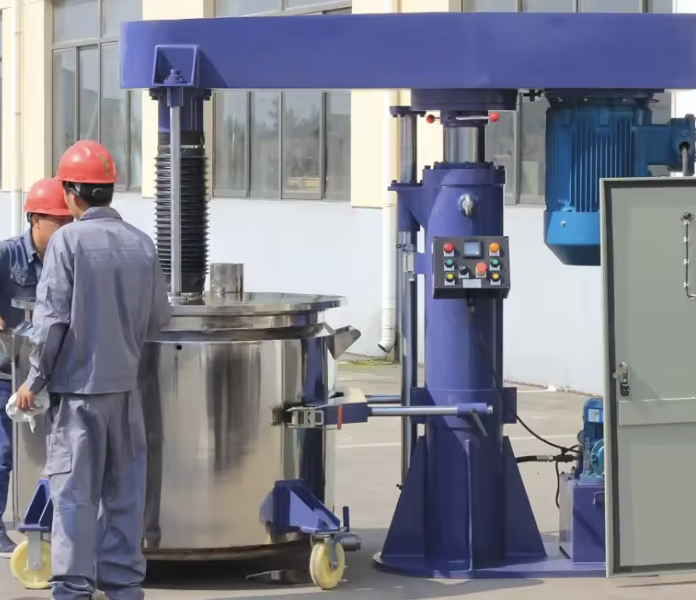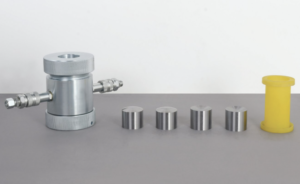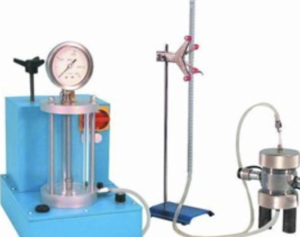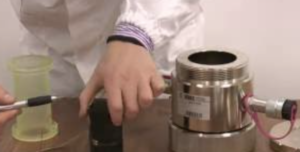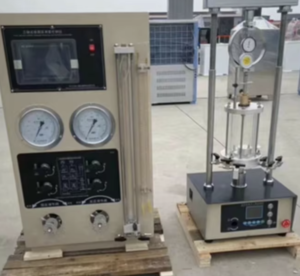Buying Guide: How to Choose the Right Soil Dispersion Mixer for Your Research
Selecting the best soil dispersion mixer for your research ensures accurate, repeatable results and efficient laboratory workflows. In this buying guide, I’ll walk you through critical factors to consider before making your investment.
What Should You Look for in Motor Power?
The motor power of a soil dispersion mixer directly impacts its performance and versatility. Here’s what to consider:
- Adequate Torque1: Ensures the mixer can handle various soil textures without overheating or stalling.
- Reliable Performance2: High-quality motors provide consistent mixing even with demanding workloads.
- Energy Efficiency3: Modern, efficient motors reduce operating costs and minimize lab downtime.
| Recommended Motor Power | Suitable Application |
|---|---|
| 250W – 500W | General soil dispersion and standard labs |
| 500W and above | Heavy-duty soil processing, dense samples |

How Important Is Speed Control for Soil Testing?
Precise speed control significantly affects your testing outcomes:
- Consistency: Adjustable speeds help achieve uniform dispersion, essential for accurate grain-size analyses.
- Flexibility: Allows easy adaptation to diverse testing methods and sample types.
- Automation: Timed and programmable mixing cycles4 improve reproducibility and reduce operator error.
Opting for mixers with digital speed controllers5 is especially beneficial for detailed, consistent research work.

Why Build Quality and Materials Matter
The build quality and materials of a mixer determine durability and reliability. Look for:
- Corrosion-Resistant Materials6: Stainless steel components enhance longevity and simplify maintenance.
- Robust Construction7: Solid frames and vibration-dampening features ensure stability during prolonged use.
- Easy Maintenance8: Accessible design allows for quick cleaning and routine inspections, minimizing downtime.
Investing in high-quality construction ensures your mixer withstands daily laboratory demands for years.
Do Standards and Certifications Make a Difference?
Standards compliance isn’t just paperwork—it ensures accuracy, safety, and international validity:
- ASTM and ISO Compliance: Mixers aligned with standards (e.g., ASTM D422, D7928) ensure consistency and credibility.
- CE Certification: Reflects adherence to international safety and quality standards.
- Quality Assurance: Certified equipment is essential if your lab undergoes regular audits or accreditation processes.
Standards-compliant mixers help maintain data integrity and smooth regulatory or client reviews.
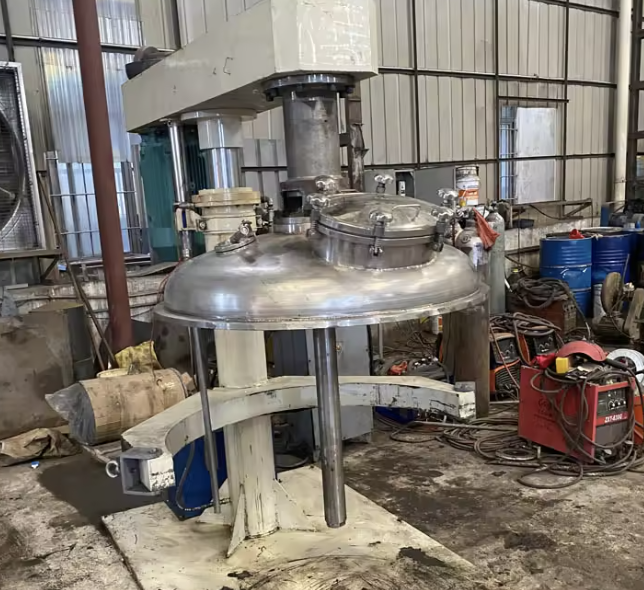
Conclusion
Choosing the right soil dispersion mixer comes down to matching your lab’s specific needs—motor power, speed control, build quality, and certification. Prioritize these factors to ensure your equipment investment supports precise, reliable research for years to come.
-
Understanding adequate torque can help you choose the right mixer for different soil types, enhancing performance and efficiency. ↩
-
Exploring reliable performance insights can guide you in selecting mixers that maintain quality under pressure, ensuring effective soil mixing. ↩
-
Learning about energy efficiency can help you save costs and improve productivity, making your mixing operations more sustainable. ↩
-
Learning about programmable mixing cycles can optimize your testing processes, leading to more reliable and efficient outcomes. ↩
-
Exploring the benefits of digital speed controllers can help you achieve better precision and reproducibility in your experiments. ↩
-
Explore how corrosion-resistant materials can enhance the longevity and performance of your mixer, ensuring reliable use over time. ↩
-
Learn about the significance of robust construction in mixers for stability and durability during extensive use in labs. ↩
-
Discover the advantages of easy maintenance in mixers, which can lead to improved efficiency and reduced downtime in your lab. ↩

